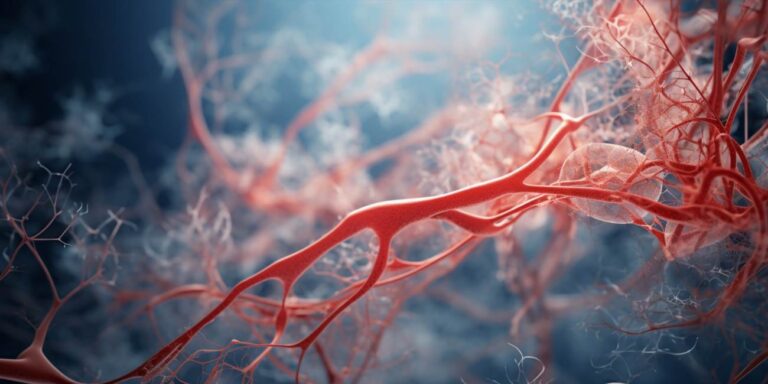Microvascular disease is a medical condition that affects the small blood vessels in the body, including those in the heart, brain, and other organs. These tiny blood vessels, also known as microvessels, play a crucial role in delivering oxygen and nutrients to cells and tissues throughout the body. When these vessels become damaged or diseased, it can lead to a range of health problems and complications.
Understanding microvascular disease
The term “microvascular disease” encompasses a variety of conditions that primarily impact the small blood vessels. While the specific mechanisms and symptoms may vary depending on the affected organ, the underlying problem often involves impaired blood flow due to vessel damage, inflammation, or constriction. Some of the key organs where microvascular disease can occur include:
- Heart: Microvascular disease in the heart can lead to a condition known as microvascular angina or cardiac syndrome X. It is characterized by chest pain (angina) and reduced blood flow to the heart muscle.
- Brain: Microvascular disease in the brain can contribute to cognitive decline and an increased risk of stroke. Small vessel disease is a common form of brain microvascular disease.
- Kidneys: Damage to the small blood vessels in the kidneys can result in chronic kidney disease and its associated complications.
- Eyes: Diabetic retinopathy is an example of microvascular disease affecting the small blood vessels in the eyes and is a leading cause of vision impairment in people with diabetes.
- Skin: Microvascular disease can also manifest as skin ulcers and other skin-related issues, especially in individuals with conditions like systemic sclerosis.
Causes of microvascular disease
Microvascular disease can be caused by various factors, including:
- Diabetes: High blood sugar levels can damage blood vessels over time, increasing the risk of microvascular complications.
- Hypertension: High blood pressure can strain and weaken blood vessels, making them more susceptible to damage.
- Smoking: Tobacco use is a significant risk factor for microvascular disease as it constricts blood vessels and reduces blood flow.
- Obesity: Excess body weight can contribute to metabolic changes that affect blood vessel health.
- Autoimmune Diseases: Conditions like systemic lupus erythematosus (SLE) and rheumatoid arthritis can lead to inflammation and damage in small blood vessels.
Symptoms and diagnosis
The symptoms of microvascular disease can vary widely depending on the affected organ. Common symptoms include:
- Chest pain or discomfort
- Shortness of breath
- Cognitive impairment
- Reduced kidney function
- Vision problems
- Skin changes and ulcers
Diagnosing microvascular disease often involves a combination of medical history review, physical examination, imaging tests, and specialized procedures to assess blood flow and vessel health.
Treatment and management
Managing microvascular disease typically involves addressing the underlying causes and risk factors. Treatment strategies may include:
- Medications to control blood pressure, diabetes, and inflammation
- Lifestyle changes, such as quitting smoking and maintaining a healthy weight
- Cardiac rehabilitation for heart-related microvascular disease
- Regular monitoring and screenings to detect and manage complications
- Interventional procedures or surgery in some cases
Frequently asked questions (faqs)
1. is microvascular disease the same as macrovascular disease?
No, microvascular disease primarily affects small blood vessels, while macrovascular disease involves larger blood vessels. Both can be complications of conditions like diabetes but affect different parts of the circulatory system.
2. can microvascular disease be prevented?
Prevention involves managing risk factors like diabetes, hypertension, and obesity. Lifestyle changes, such as a healthy diet and regular exercise, can help reduce the risk of developing microvascular disease.
3. what is the prognosis for microvascular disease?
The prognosis varies depending on the organ affected and the severity of the disease. Early diagnosis and effective management can improve outcomes and quality of life for individuals with microvascular disease.
4. are there any experimental treatments for microvascular disease?
Researchers are continually investigating new treatments and therapies for microvascular disease. Some experimental approaches include stem cell therapy and novel medications aimed at improving blood vessel health.
Conclusion
Microvascular disease encompasses a range of conditions that involve damage to the small blood vessels in various organs. It can lead to significant health issues, including heart problems, cognitive decline, and kidney disease. Understanding the causes, symptoms, and treatment options is crucial for individuals at risk and healthcare providers. By addressing risk factors and managing the condition effectively, it is possible to improve the quality of life for those affected by microvascular disease.
See also:





